Create New Battlefields and Armies Every Game
A game of BattleLore Second Edition begins before any swords are drawn by mustering your armies and arranging the lines of battle. When using the scenario generation system, you will secretly select a scenario card which presents your initial goals and setup areas. Your card is then combined with your opponent’s chosen scenario card to construct the field of battle. By placing the cards facing each other, you will be able to create the full battlefield for the coming game. Your scenario card indicates both your starting set-up hexes and your special rules, including text that describes additional opportunities for gaining victory points. For example, on the Mustering the Militia scenario card, the Daqan Lords player will score extra victory points for every round he controls two building hexes, whereas with the Blood in the Water scenario card, the Uthuk Y’llan player will score extra victory points every time he destroys a unit near water.
After the battlefield is formed and terrain is laid down, you have the opportunity to muster a new army in every battle, allowing you to customize your army according to your preferred style of play. You and your opponent each begin with an equal amount of muster points, and spend them in order to enlist the units that will best fulfill your objectives. When you deploy your army using deployment cards, you will use decoys to fill up your possible setup hexes. This keeps your opponent from knowing exactly where the first attacks will come from.
On top of the possible combinations of scenario cards, BattleLore also includes rules for a narrative campaign, chronicling the efforts of the Daqan Lords’ garrison to defend Nordgard Castle against the oncoming Uthuk Y’llan invasion. Every battle of the campaign matters, because the winner of one battle has much more flexibility in the next. A victor of a battle in the campaign is granted a choice of scenario cards for the next battle, while their opponent is forced to play with the scenario card assigned to them.
When both lines are set, the deployment cards are revealed, the decoys are removed, and the battle begins! In BattleLore, the battlefield is divided into left, center, and right sections, and units are given orders according to their section. Because only a limited number of units can be ordered with the command card you play each round, you must choose carefully where your orders can have the maximum impact on the enemy’s forces.
Choose Your Fights Carefully
When your armies meet in battle, their conflict is resolved by rolling specially designed dice. You can deliver hits to the enemy, push them back and force them to retreat, or gather lore for your own benefit by rolling these dice. After one of your units attacks, your opponent’s unit may be damaged, but the battle might not be finished yet. If the defending unit was destroyed or forced to retreat, your unit can advance and claim whatever ground the late defenders controlled. If your opponent’s unit was not removed, however, he always has the opportunity to counter and attempt to destroy your unit. A wise commander must prepare for any eventuality when moving his units into combat.
The number of dice that you roll while fighting can be affected by the toil of battle, or by terrain thematically placed on the battlefield. In the course of battle, a unit’s fighting ability could be compromised if that unit loses too many of its members. Units that have lost too many members become weak, and are unable to battle as easily or as successfully as a unit at full strength. Weakened units are also easy pickings for the enemy army. To protect them, you might order your units to take cover within the buildings of a town, or fire from behind the protection of a palisade or castle battlements. Dark forests and looming hilltops provide other strategic options that should be taken into consideration.
As your units engage in battle with the enemy, they will gather lore, but you must decide how you wish to use this powerful resource. Lore can be used in a variety of ways—it can sometimes be spent immediately to activate a unit’s special ability, or it can be stored to cast dramatic spells and execute clever tactics in the form of the lore cards. These lore cards allow you to unleash powerful attacks and abilities on your enemies, whether you are pillaging the countryside or throwing up runic barriers against your opponent’s spells.
What Has Been Changed about Game Setup?
BattleLore Second Edition also features a brand-new system of scenario-generation. Instead of setting up all units according to a set template, now you have options for determining your own goals and setup hexes. After choosing their scenario cards, both players place the cards together to create the battlefield, determining the terrain and the opportunities to score victory points.
In the new second edition, you will also muster a new army every time you play. Starting with equal amounts of gold, players choose exactly what units they want in their army each game, and secretly place them on any of their side’s designated set-up hexes, allowing you to tailor your army based on your starting objectives and preferred style of play. When both armies have been fully chosen and placed, their positions are revealed, and the game begins.
Brace for Coming Wars
In the mayhem of battle, the clash of armies is inevitable. In every game of BattleLore Second Edition, you muster armies anew, deliver your orders, and secure key objectives. The men of Daqan watch from their fortress battlements as the Uthuk Y’llan gather with their demons in the darkness. Only one army is able to rise supreme over the land of Terrinoth, and the outcome is in the commander’s capable hands!
Experienced players of the first edition of BattleLore may be wondering about what has been changed in the new edition. In BattleLore Second Edition, a few major differences can be picked out, and are explained in greater detail below.
Hold the Walls or Butcher the Enemies of Chaos
The units in BattleLore are divided into numerous sub-types, each of which performs differently in a fight. While the rank and file of both armies are Infantry, Archers, and Cavalry, every main unit type has unique statistics for movement and combat, as well as special abilities, which makes using the Daqan Lords feel very different from playing as the Uthuk Y’llan. Additionally, a variety of powerful Elite and Legend creature units in both armies can change the flow of battle and help expand your army’s possibilities to entirely new levels.
Exquisitely rendered in detailed plastic figures, the armies of the Daqan Lords and the Uthuk Y’llan feature a wide range of fearsome fighters. The Uthuk Y’llan Blood Harvesters are joined by Obscenes and Flesh Ripper demons, fighting under the command of their terrifying Chaos Lord. The Daqan Lords are prepared for the challenge though, mustering Citadel Guards and Yeoman Archers from their fiefdoms, and receiving air cover from warriors riding on the massive Rocs.
As your units move across the hexes on the battlefield, you must attempt to capture and control locations that have banners. These grant their controller a fixed amount of victory points every turn. Controlling these locations is vital to victory, but controlling one of these banners makes your unit an immediate target for an enemy assault. If you can fend off the enemy attacks, you may keep your victory points, but a strong defense is necessary and nothing is certain in the turmoil of war.
There are other ways to score victory points as well. These goals are shown on your scenario card, and they provide a prime example of the differences between playing the Daqan Lords and the Uthuk Y’llan. The Daqan Lords often, but not always, focus on controlling important strongpoints, or holding the walls, gates, and buildings of Nordgard Castle. The Uthuk Y’llan, on the other hand, can often gain points by appeasing the powers of Chaos that aid them.
What Else Has Been Changed?
In the first edition of BattleLore, the primary path to victory involved being the first player to destroy a set amount of enemy units. BattleLore Second Edition, on the other hand, rewards players with victory points for every turn that they control banners in strategic locations on the battlefield. Each player is also able to score points through a specific goal on their scenario card, which can include defending significant areas, eliminating enemy units, or other options.
Changes have also been made to combat in the new edition of the game. Units that have lost too many members have less chances to do damage in battle. In addition, an embattled unit is always allowed to counterattack regardless of is morale status, though having support can still allow units to ignore retreat results.
What Are the Most Important Changes from BattleLore First Edition?
The first edition of BattleLore utilized the “Command and Colors” system. While the command cards have been updated and remain in the second edition, the “color” aspect of the system has been changed. Instead of the color system, which dictated the movement and combat ability of units, each unit type now carries its own unique stats for moving and combat. These unique stats allow for the existence of an even greater variation in play experience between the two armies.
BattleLore Second Edition has now been firmly placed into the fantasy world of Terrinoth, joining other classic games set in that universe like Runebound, Runewars, and Descent: Journeys in the Dark. The warring armies in BattleLore Second Edition are the Daqan Lords and the Uthuk Y’llan barbarians, battling beneath the walls of Nordgard Castle.
In addition, the figures included in BattleLore Second Edition are presented in a different scale than the units used in the first edition of BattleLore. Rather than the 20 mm scale used by the original BattleLore, BattleLore Second Edition presents its figures on a 28 mm scale. This new scale allows the armies of the Daqan Lords and the Uthuk Y’llan to be rendered with a new level of detail, drawing you into the experience of epic battles and brutal warfare. Because the figures are bigger, fewer figures are included in a unit. Instead of four infantry and three cavalry figures per unit, BattleLore Second Edition uses three figures for infantry and three figures for cavalry. The rest of the game board has also been scaled up accordingly.



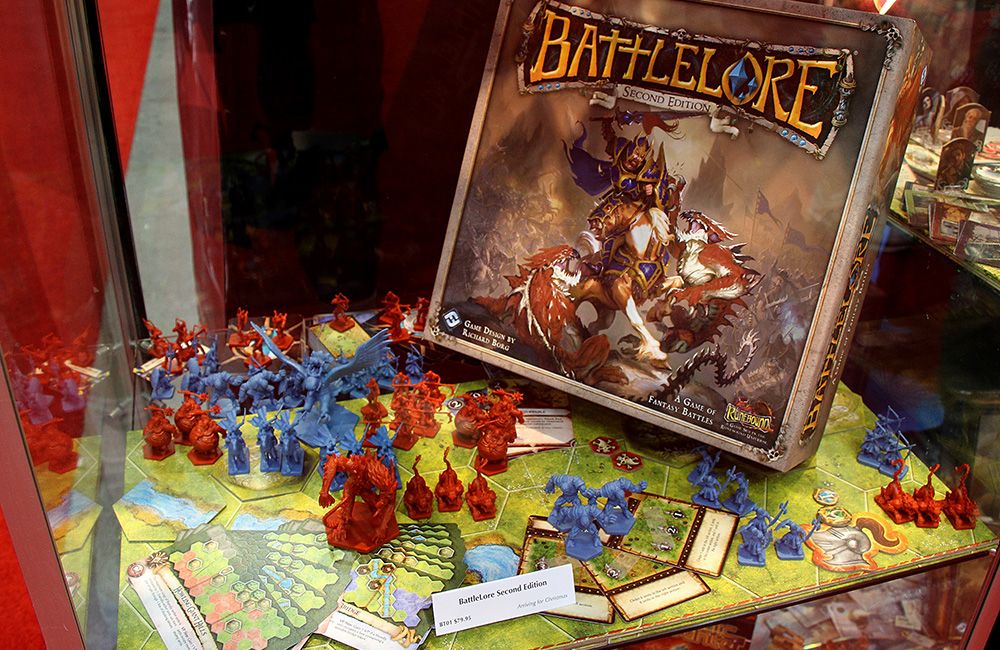
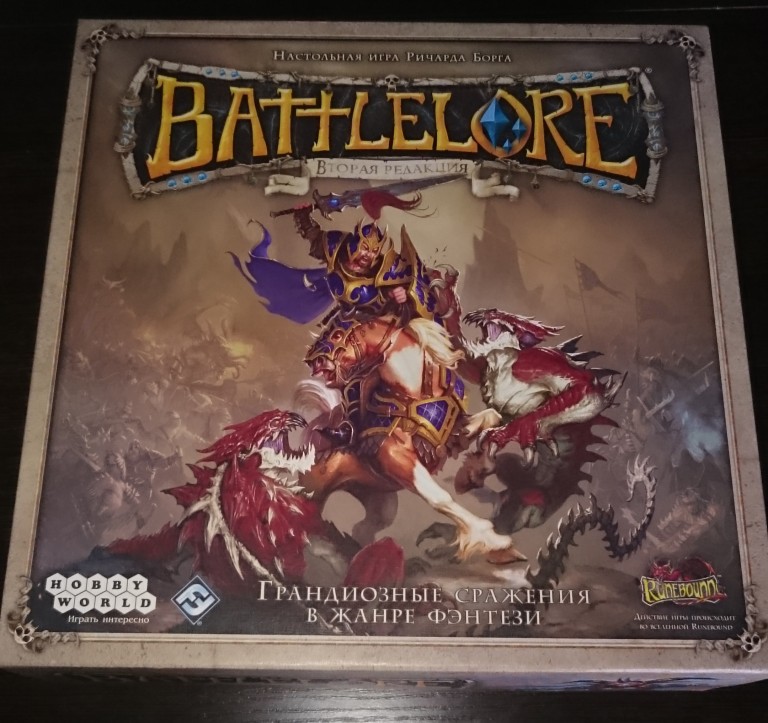
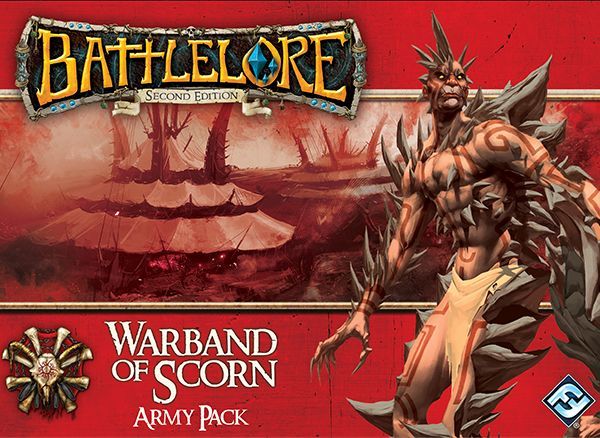
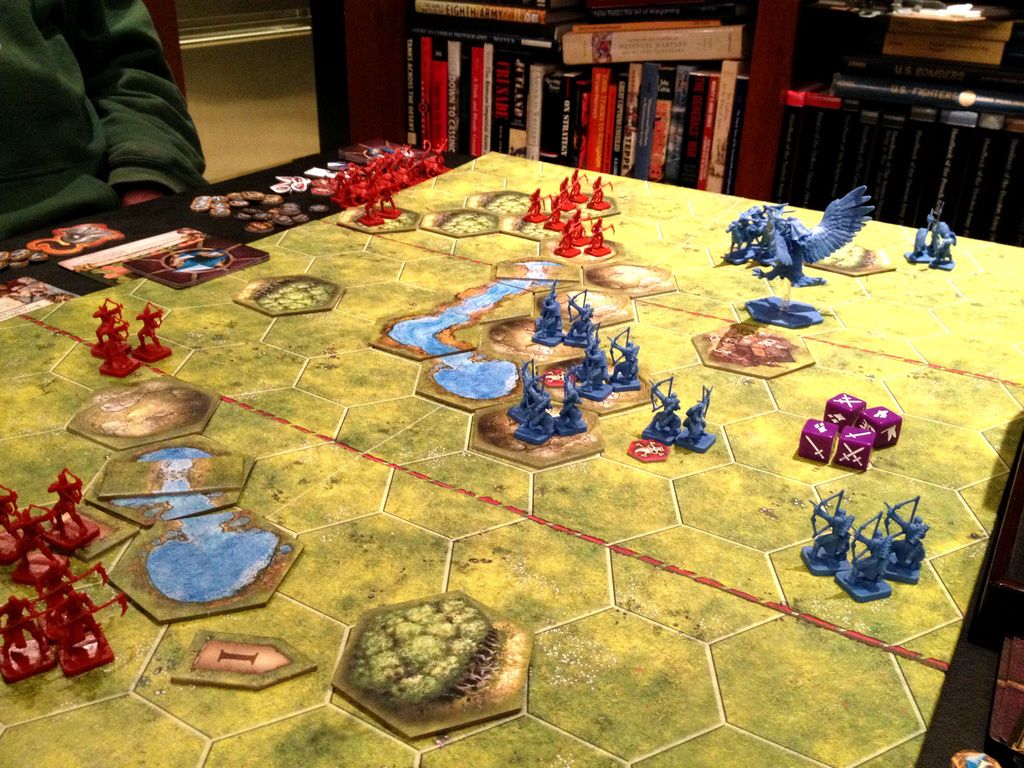

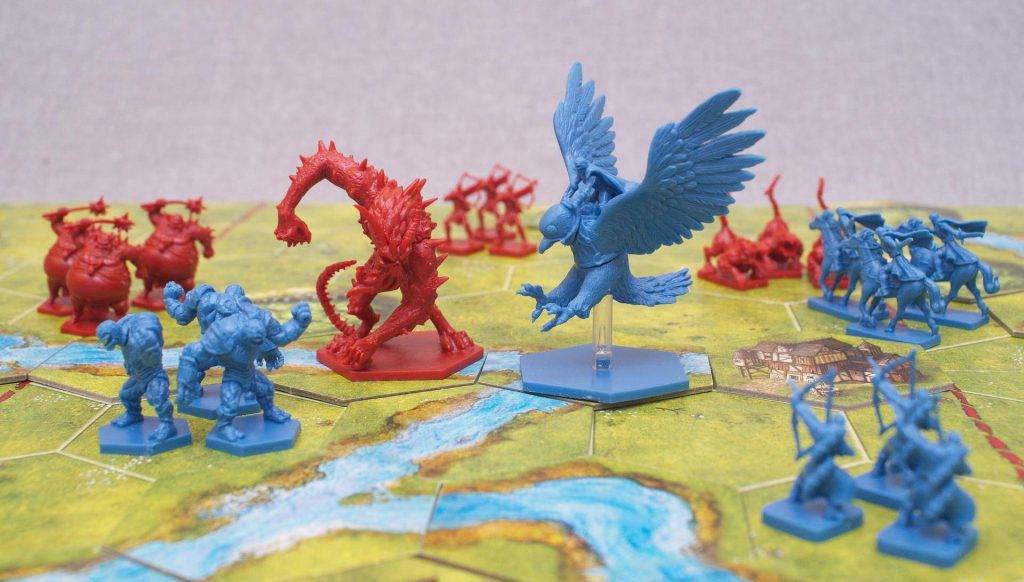
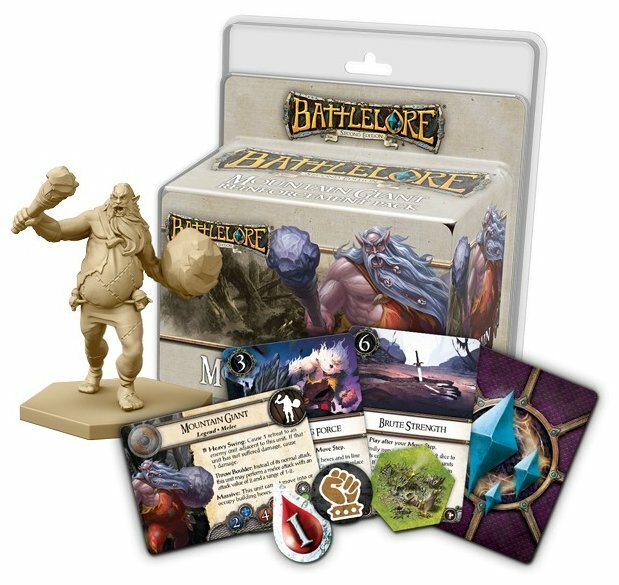
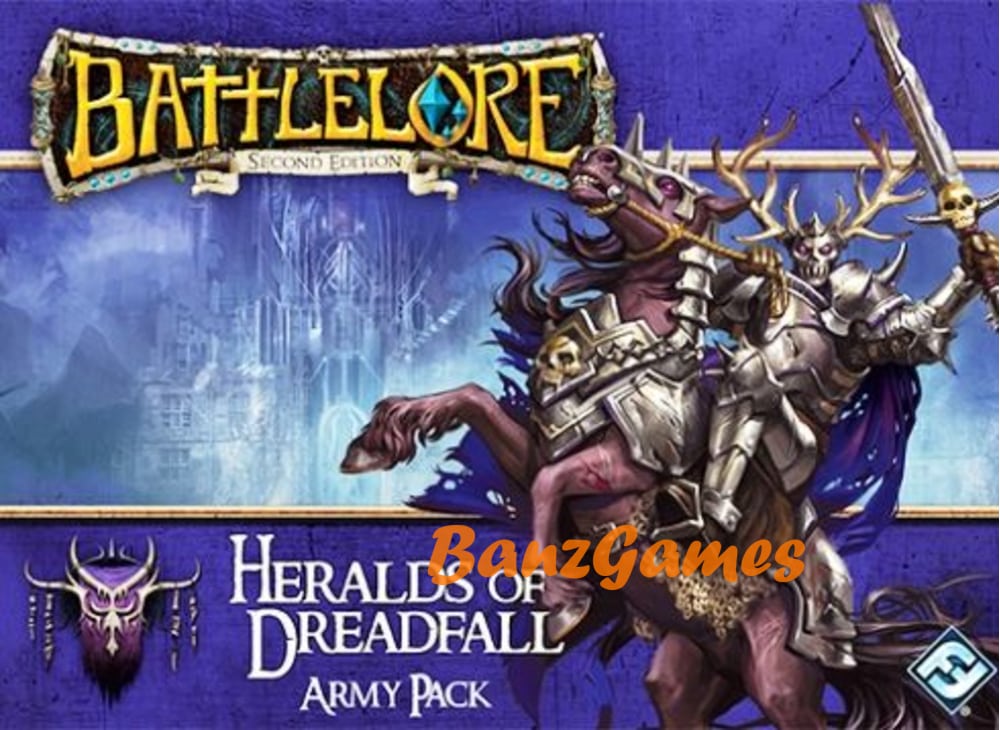
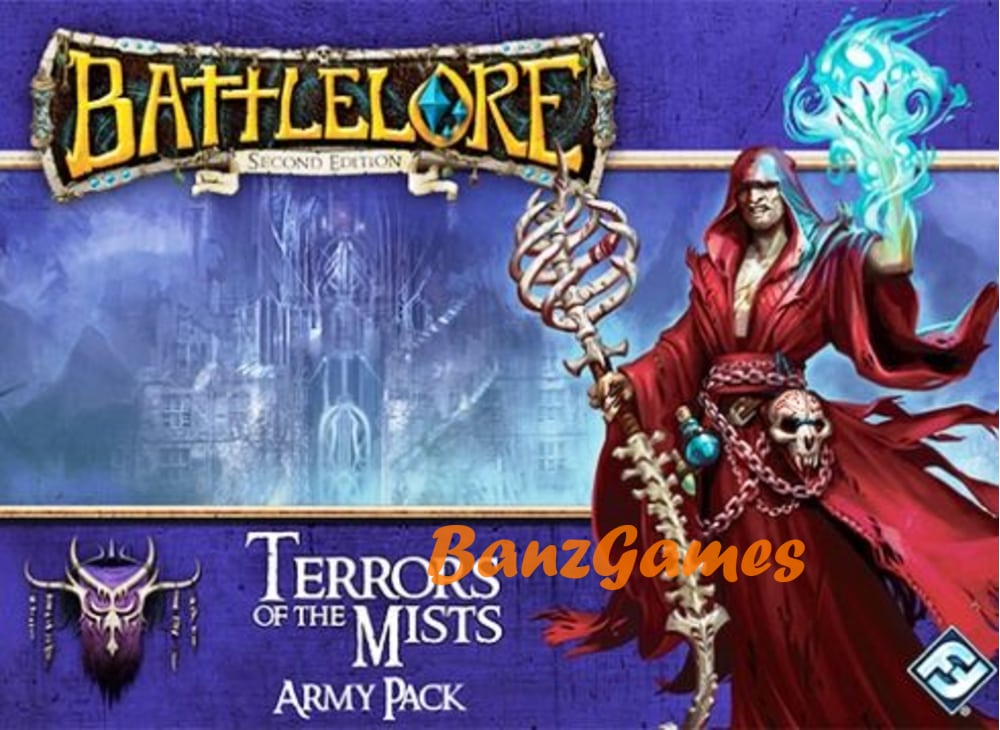
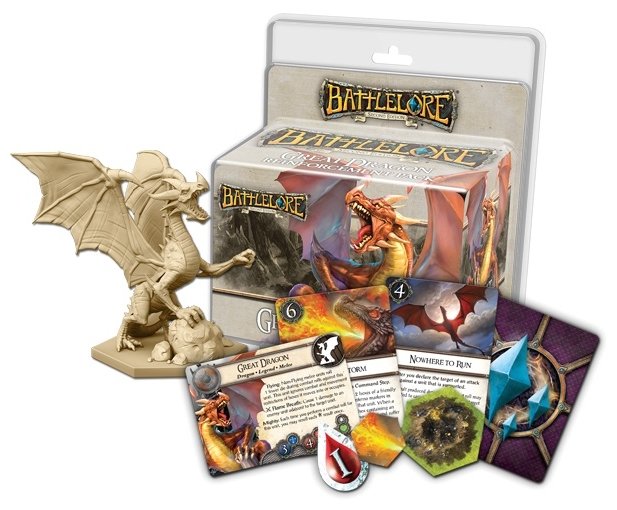
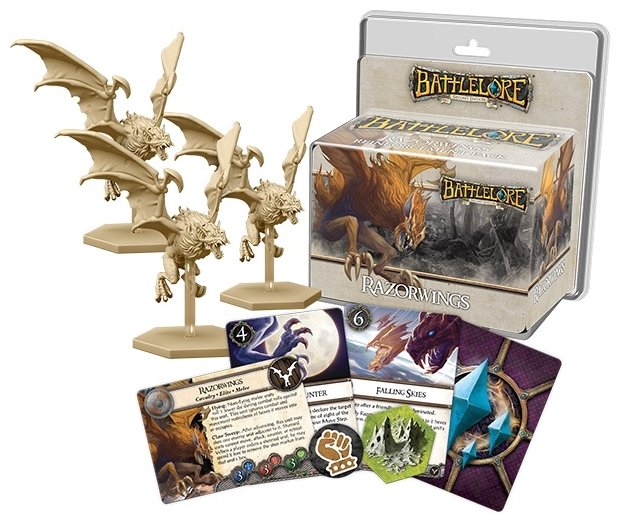
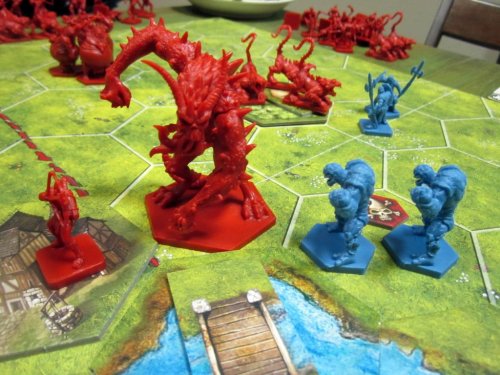


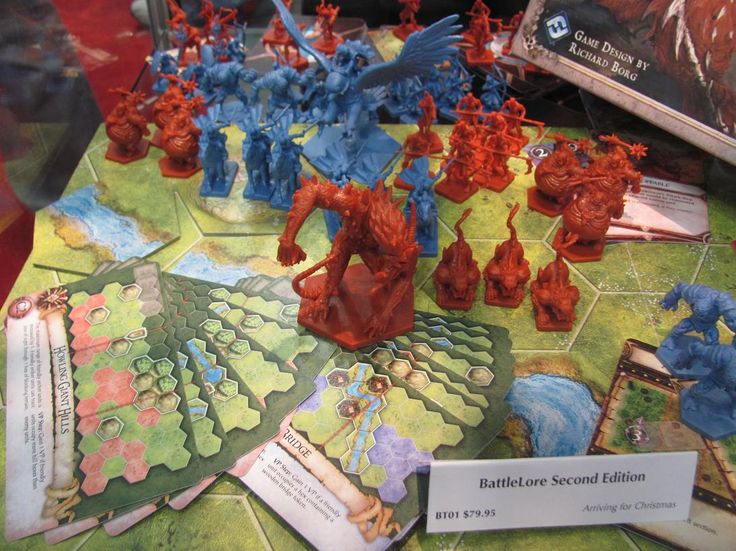

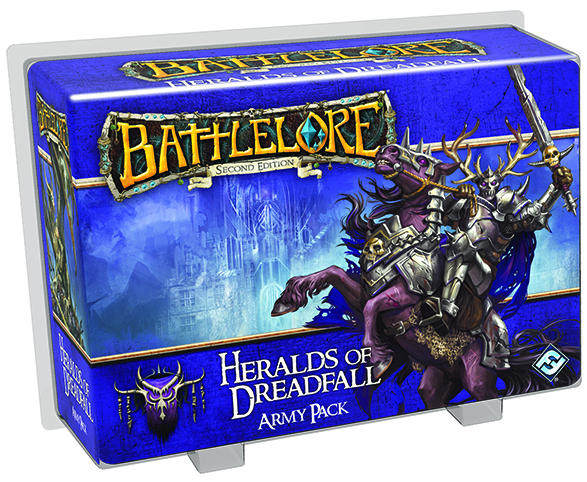
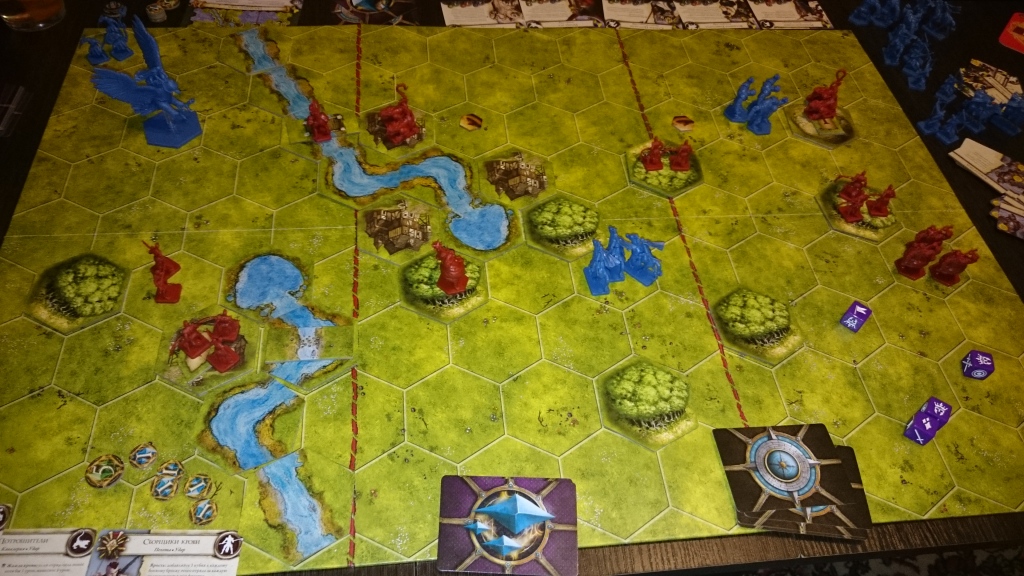

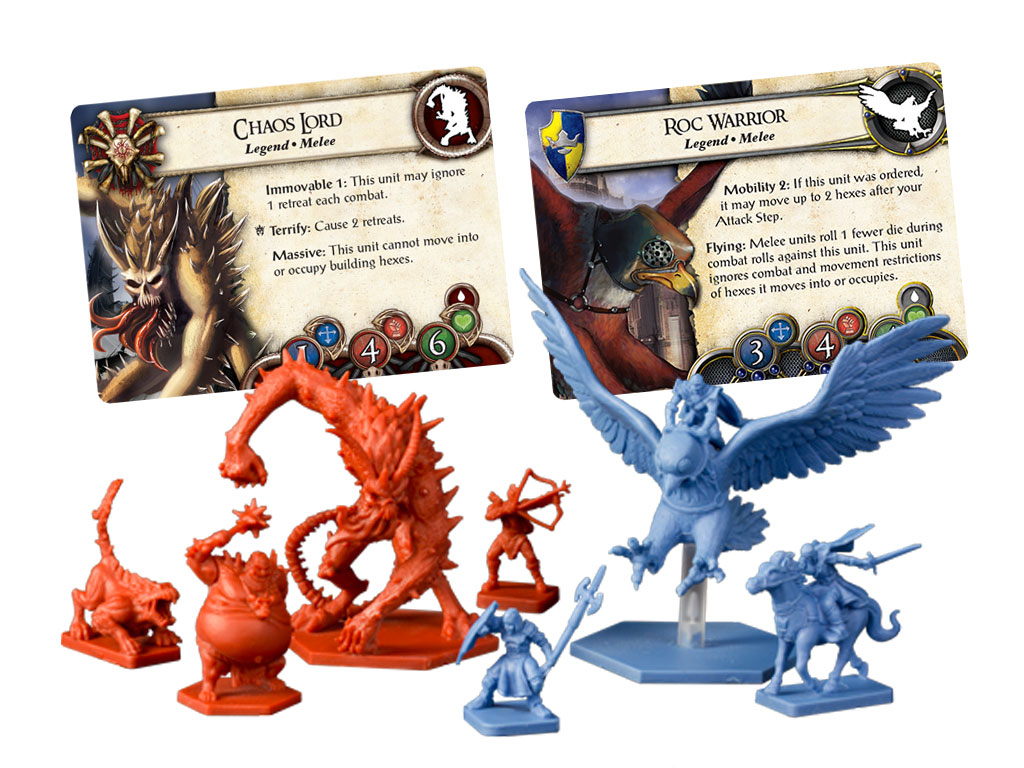
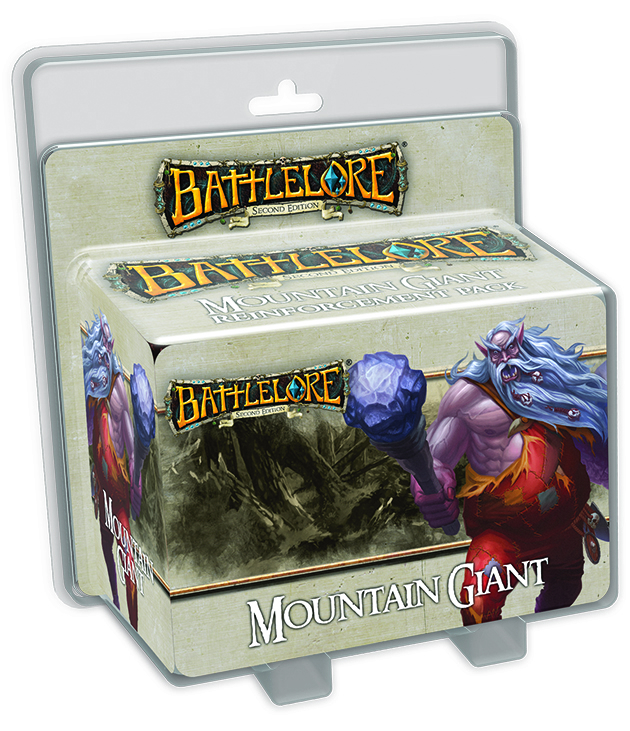
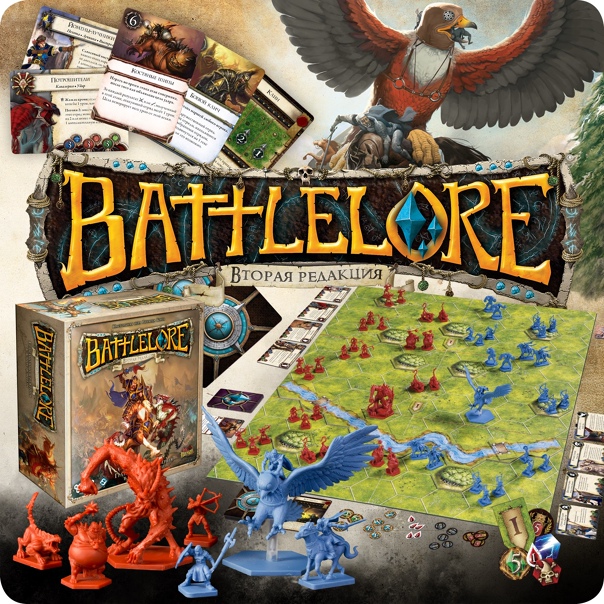
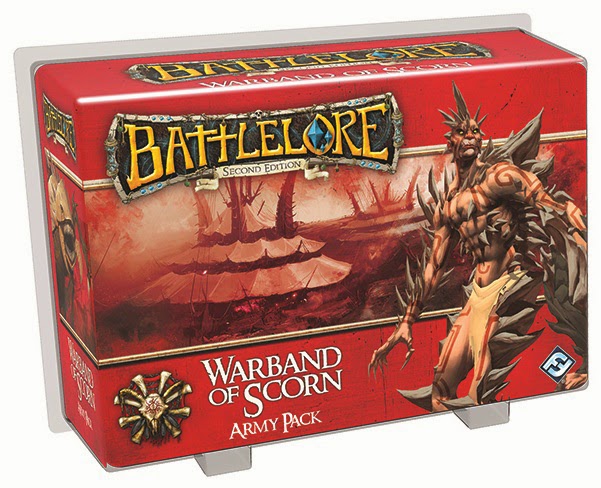


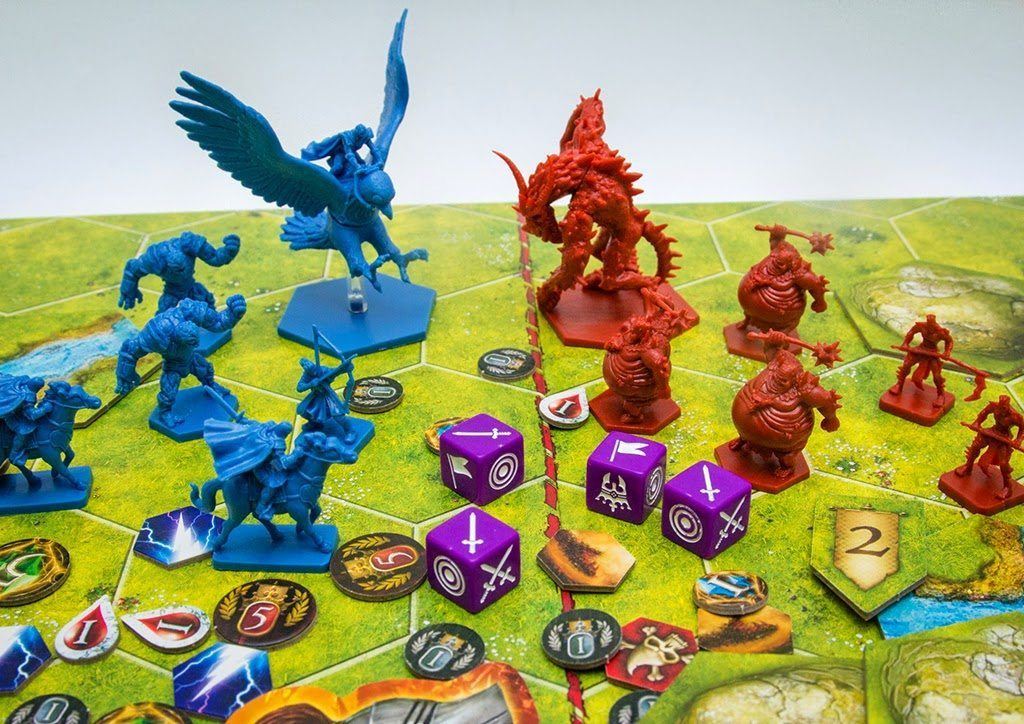
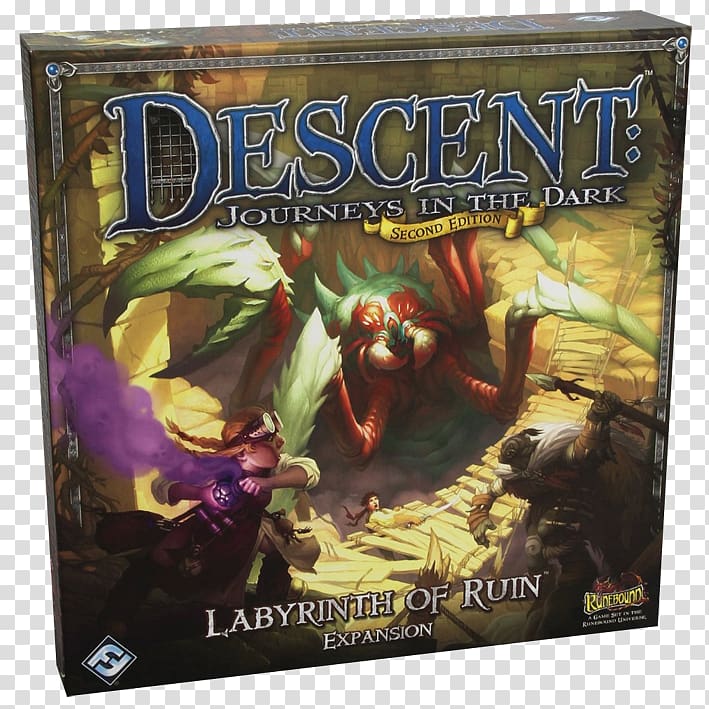

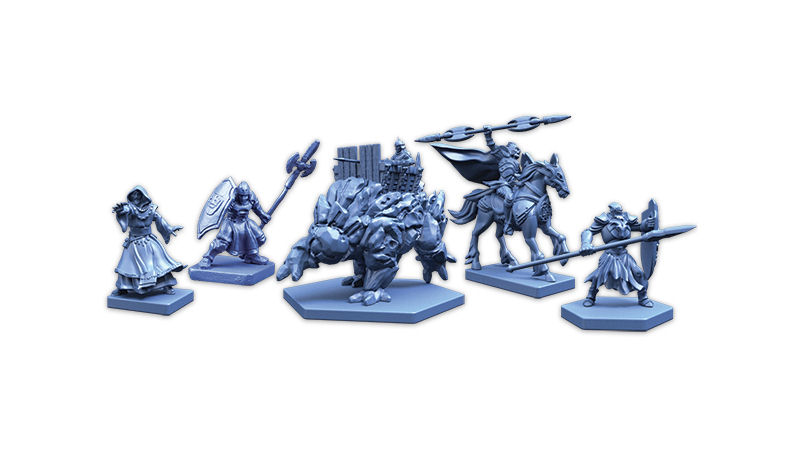

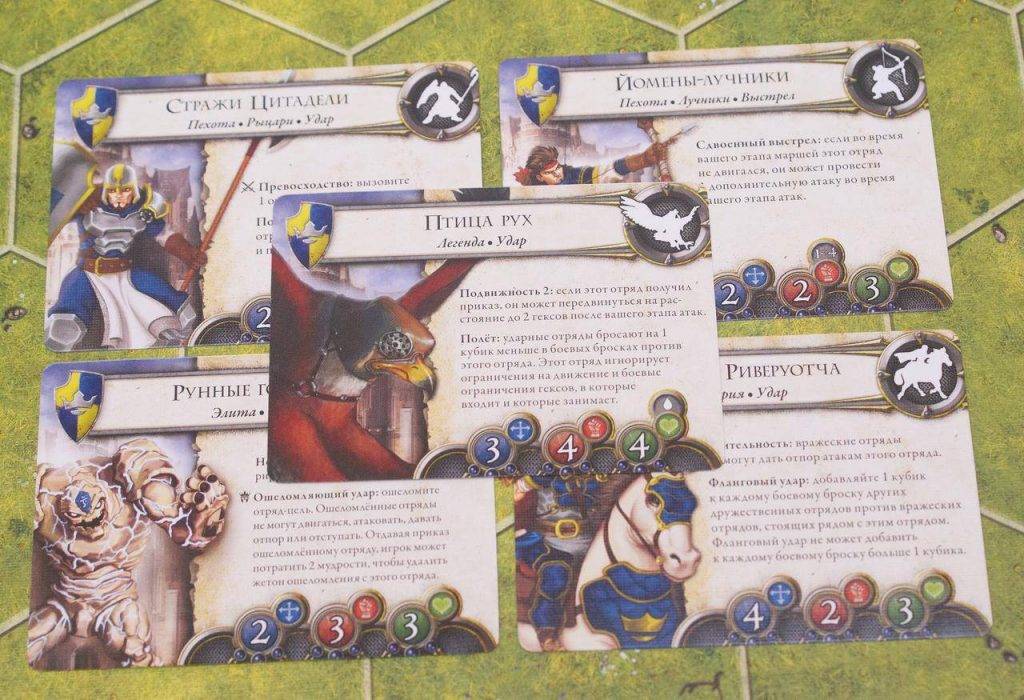
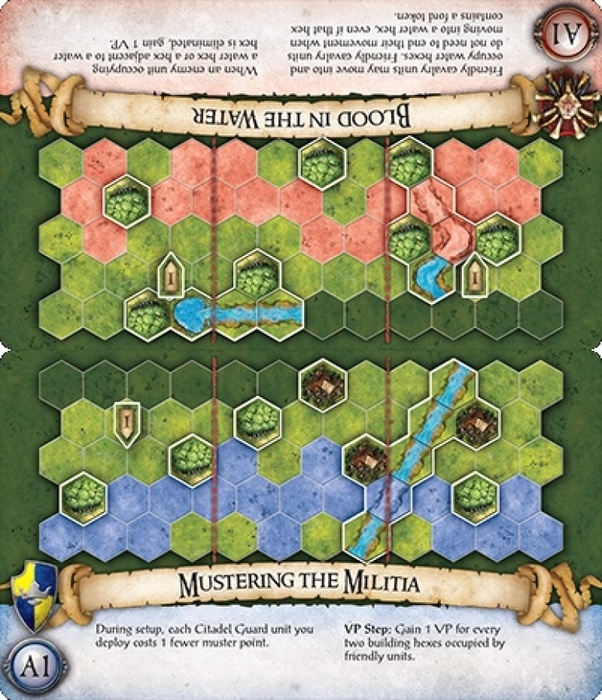
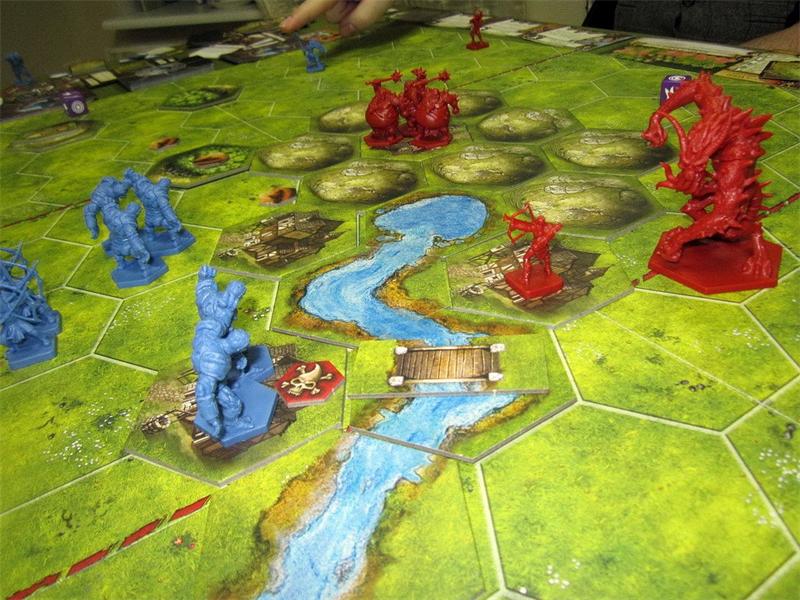
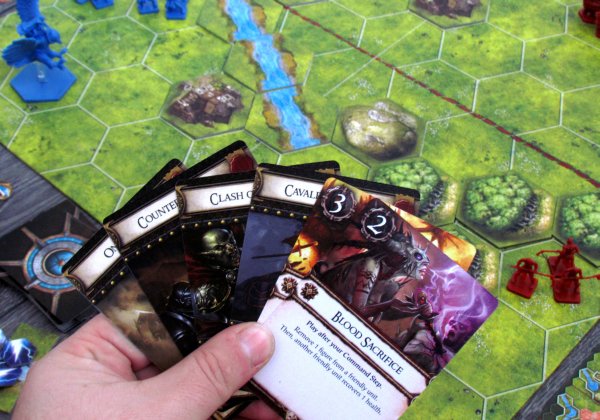
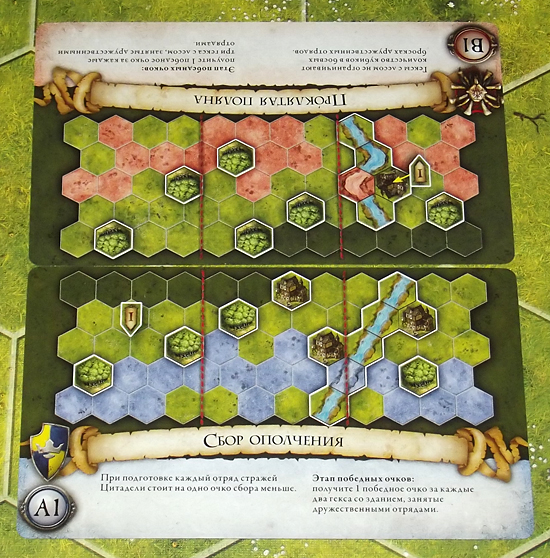
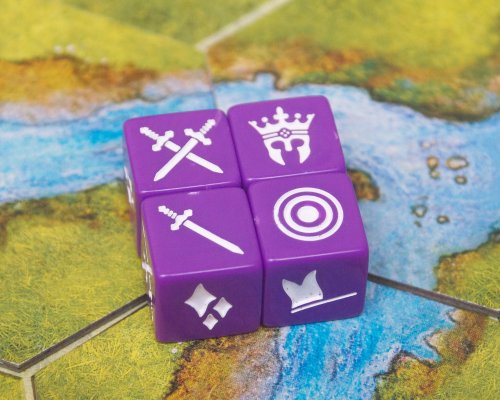
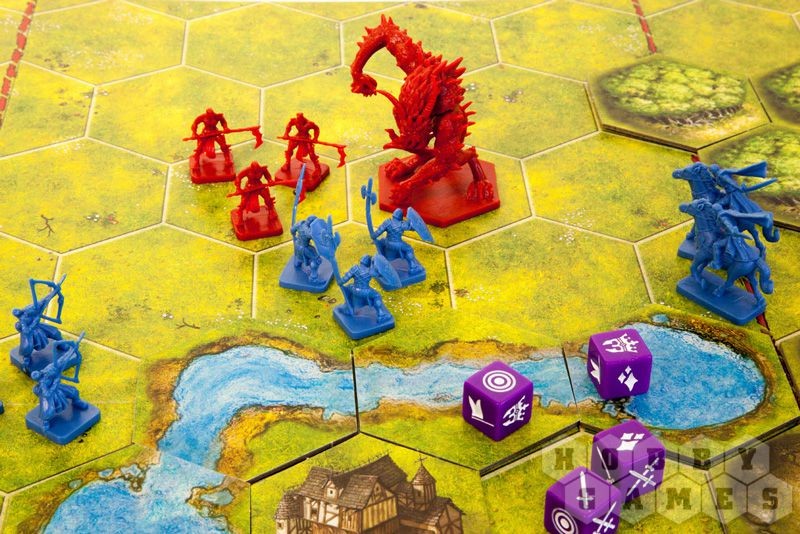
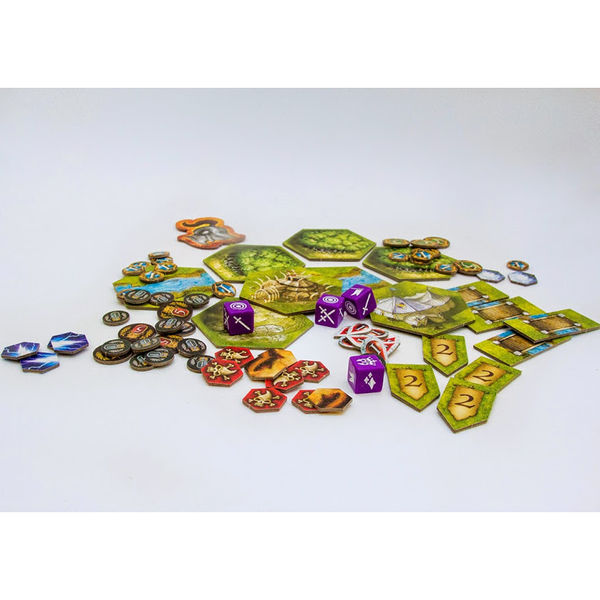

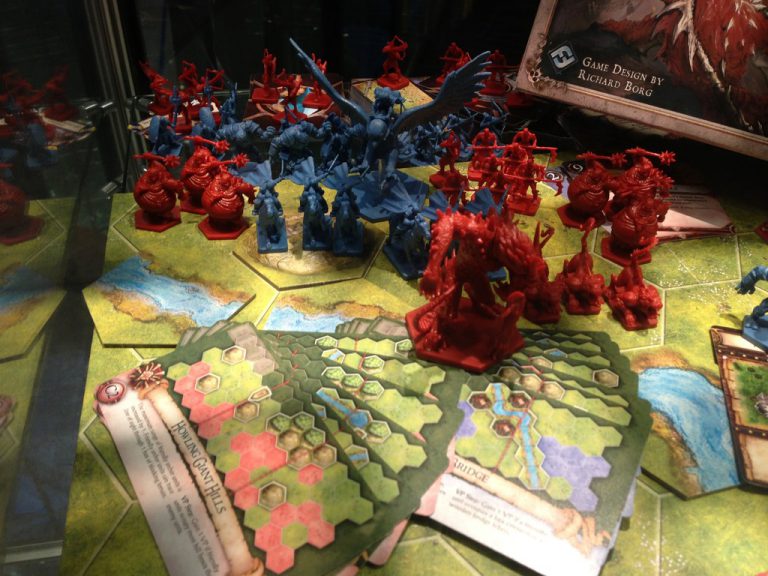
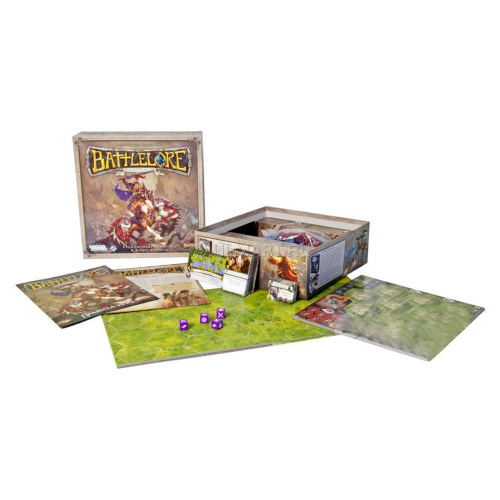
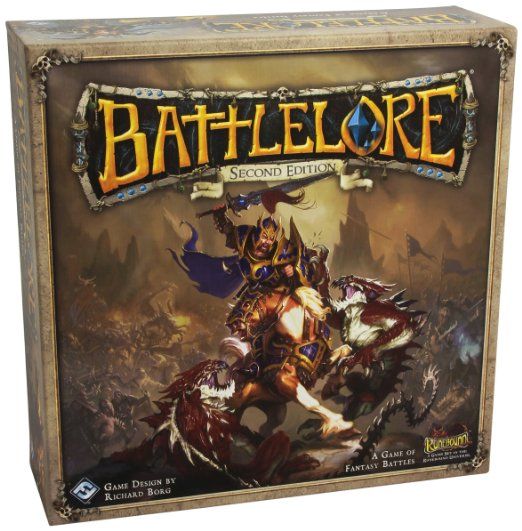
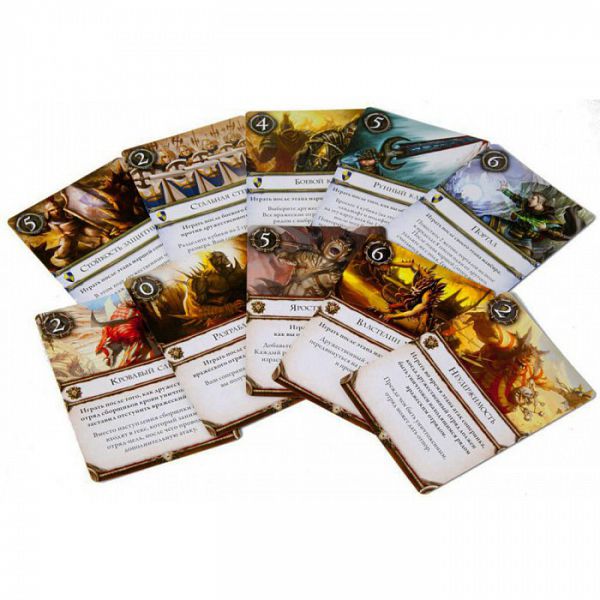




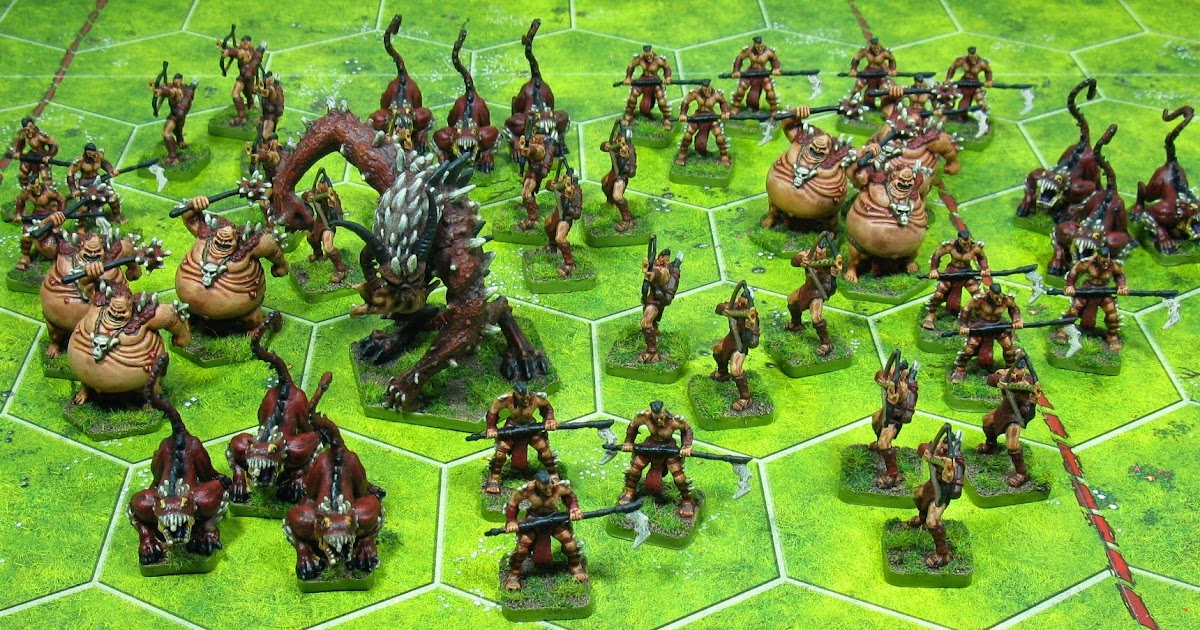
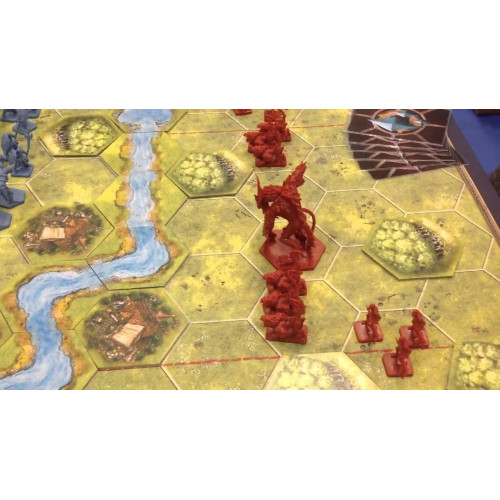

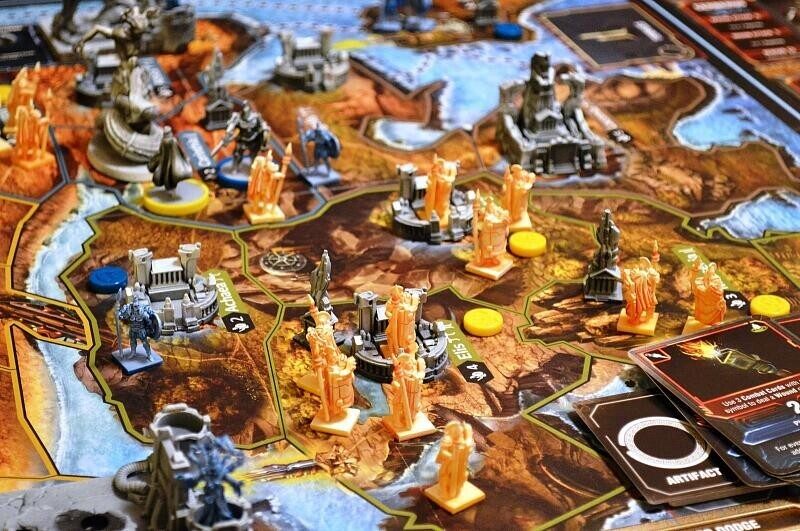
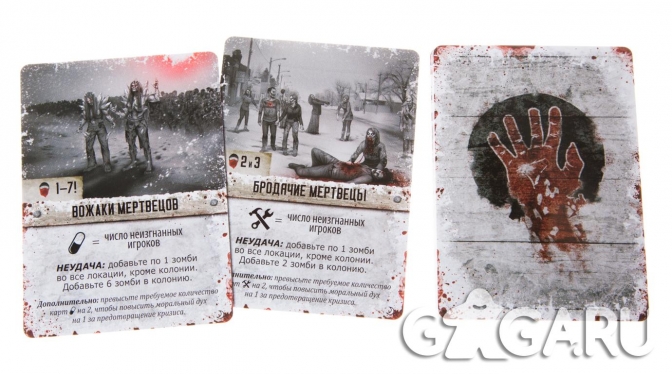
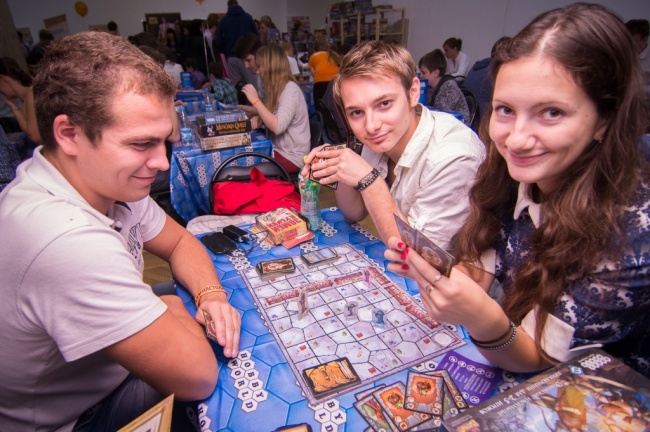

![[10 лучших] лучшие карты slay the spire - игры на пк](https://e-crossword.ru/wp-content/uploads/8/8/3/88351b200c4b73e2e986b30f5471f146.jpeg)